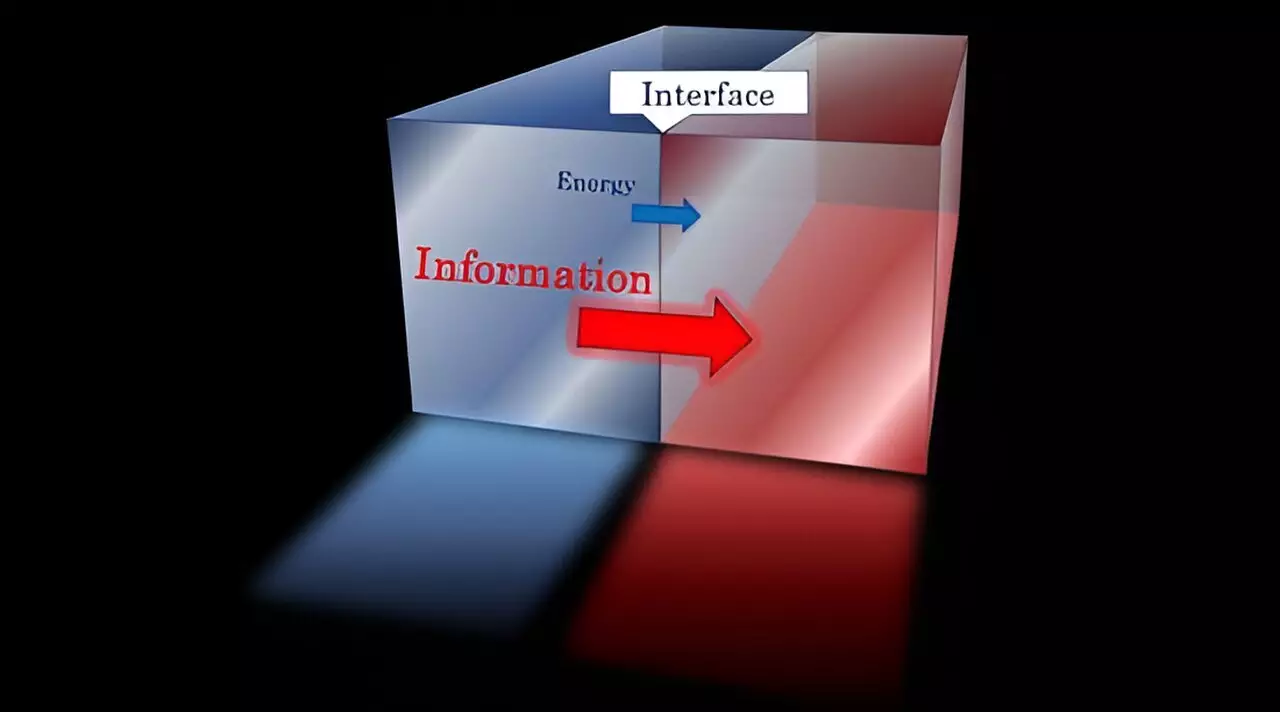In the ever-evolving landscape of particle and condensed matter physics, the intriguing interfaces between different quantum field theories have sparked considerable research interest. These interfaces play a crucial role in understanding the dynamics of various physical systems. Recently, an international team, led by notable physicists Hirosi Ooguri and Fred Kavli, has made substantial progress in deciphering the complex relationship between energy and information transfer across such interfaces. Their findings, published in *Physical Review Letters*, reveal a straightforward yet profound mathematical inequality that could shape future theoretical explorations.
The Breakthrough Discovery
The research primarily focuses on two-dimensional quantum field theories exhibiting scale invariance. This limitation enhances the clarity of the results, as the scale invariance in these theories simplifies the complex calculations typically associated with energy and information transmission. The researchers established a universal relationship among three critical quantities: the energy transfer rate, the information transfer rate, and the size of the Hilbert space, a concept representing the multitude of quantum states in a given system.
The findings delineate an inequality that states: the energy transmittance is less than or equal to the information transmittance, which in turn is less than or equal to the size of the Hilbert space. This relationship not only highlights the interconnected nature of these quantities but also emphasizes an essential principle in quantum field theory—successful energy transmission necessitates a corresponding information exchange.
Implications of the Research
This revelation carries considerable implications for the field. The traditional difficulty in calculating transmission rates has long hindered advancements in understanding quantum systems and their interactions. By establishing a clearer linkage between energy and information transfer, the researchers have provided a framework that simplifies this complexity. Furthermore, these inequalities suggest that a sufficient number of states is essential for any transmission to occur, signaling that systems with a more extensive Hilbert space can potentially facilitate greater energy and information flow.
One of the most intriguing aspects of this research is its universality. The inequalities derived are not confined to specific frameworks or conditions, thereby offering insights applicable across various quantum theories. This universality opens the door for further exploration into how other types of quantum systems might exhibit similar relationships, potentially leading to breakthroughs in areas such as quantum computing and informatics.
The relationship unveiled by Ooguri, Kavli, and their colleagues represents a significant leap forward in quantum field theory. It demonstrates that beneath the intricate surface of energy and information dynamics lies a foundational simplicity that could be harnessed for future theoretical developments. By elucidating the bond between energy and information transmission, this study not only enhances our understanding of quantum interfaces but also paves the way for innovative applications in physics. As researchers continue to delve into these relationships, the potential for new groundbreaking discoveries remains vast and exciting.


Leave a Reply